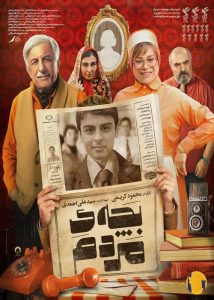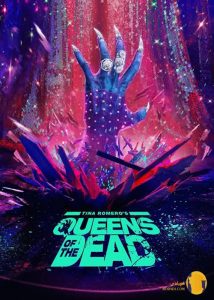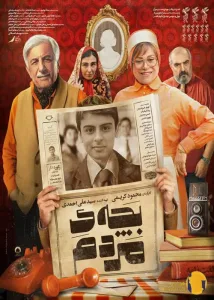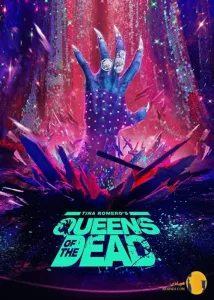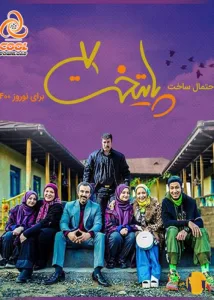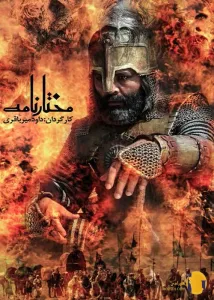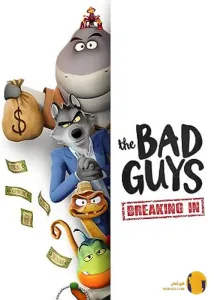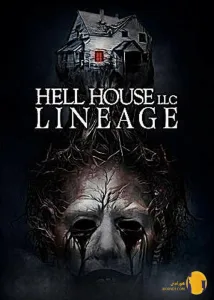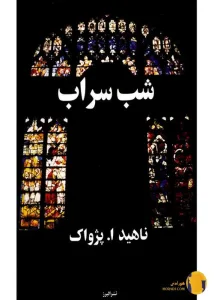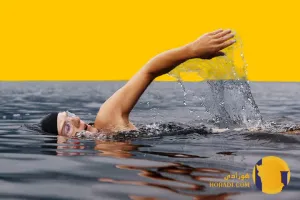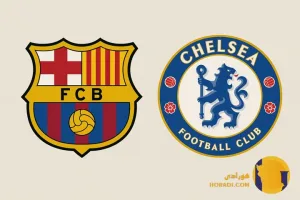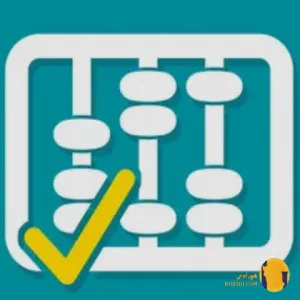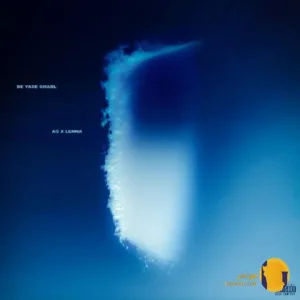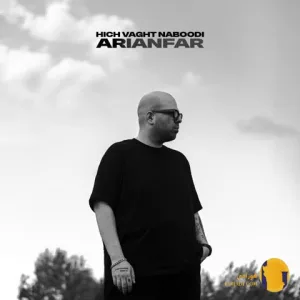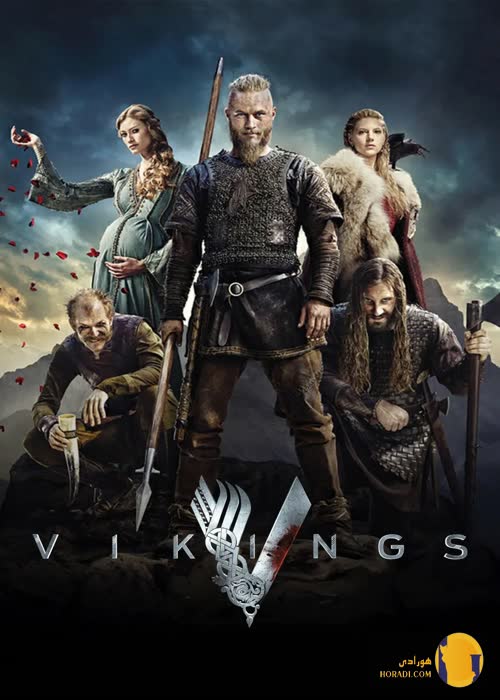
Vikings
Vikings
Vikings
Vikings is a historical drama television series that captivated global audiences with its raw storytelling, powerful characters, and authentic portrayal of Norse culture. Created by Michael Hirst, the series premiered in 2013 on the History Channel and ran for six seasons, concluding in 2020. Unlike many historical shows that dramatize history loosely, Vikings combined real events, mythological elements, and compelling character arcs to create a series both educational and entertaining.
The story follows the legendary Viking Ragnar Lothbrok, his family, and their people as they journey from simple farmers to conquerors who forever change the face of Europe. The series explores themes of exploration, ambition, family loyalty, betrayal, and faith.
Overview of Vikings
Set during the Viking Age (roughly the late 8th to early 11th centuries), the show portrays the Norse people’s lives and their expansion across Europe. Blending historical events with saga-inspired storytelling, Vikings introduced mainstream audiences to a world of raids, political intrigue, and cultural clashes.
Plot Summary by Seasons
Season 1 (2013)
The story begins with Ragnar Lothbrok, a farmer and warrior in Scandinavia, who dreams of raiding lands to the west. With the help of the boat builder Floki, Ragnar sails across the sea and raids England. His success brings him into conflict with local Earl Haraldson, whom Ragnar eventually defeats, becoming Earl himself.
Season 2 (2014)
As Ragnar consolidates power, he expands his influence in England. His marriage with Lagertha collapses after betrayal, and he allies with King Ecbert of Wessex. Themes of loyalty and betrayal dominate this season as Ragnar’s ambitions grow.
Season 3 (2015)
Ragnar leads the Vikings in their most ambitious raids yet, attacking Paris. The battle sequences reach new cinematic heights, showcasing the Vikings’ ferocity and Ragnar’s cunning strategies. This season cements Ragnar as a legendary leader.
Season 4 (2016–2017)
Season 4 is pivotal, marking Ragnar’s decline and eventual death. Betrayed and broken, he delivers himself into the hands of King Aelle of Northumbria, who executes him by casting him into a pit of snakes. His death inspires his sons—Ivar, Bjorn, Ubbe, Hvitserk, and Sigurd—to continue his legacy, ushering in a new generation of Viking leaders.
Season 5 (2017–2019)
With Ragnar gone, the focus shifts to his sons, particularly the conflict between Ivar the Boneless and Bjorn Ironside. The civil war among the Vikings destabilizes their world, while battles in England and beyond continue. Ivar emerges as one of the most ruthless figures in the series.
Season 6 (2019–2020)
The final season explores the fates of Ragnar’s sons and the transformation of Viking society. Bjorn confronts invaders, while Ivar meets his destiny in battle. The show ends with reflection on legacy, faith, and the impact of Viking culture on the world.
Main Characters
Ragnar Lothbrok (Travis Fimmel)
The central figure of the series, Ragnar is a farmer, warrior, and dreamer whose vision of exploration changes Viking history. His charisma, intelligence, and ambition make him one of television’s most iconic antiheroes.
Lagertha (Katheryn Winnick)
A legendary shield-maiden and Ragnar’s first wife, Lagertha is both a fierce warrior and a strong leader. Her journey from wife and mother to ruler is one of the most compelling arcs in the series.
Floki (Gustaf Skarsgård)
An eccentric boat builder, Floki is both comic relief and spiritual depth. His faith in the Norse gods often clashes with Ragnar’s curiosity about Christianity, making him a symbol of cultural and religious tension.
Rollo (Clive Standen)
Ragnar’s brother, Rollo, is torn between loyalty and envy. His eventual betrayal and transformation into the Duke of Normandy reflect the shifting dynamics of family and power.
Bjorn Ironside (Alexander Ludwig)
Ragnar’s son Bjorn becomes one of the most famous Viking leaders. His arc represents the next generation of exploration and ambition.
Ivar the Boneless (Alex Høgh Andersen)
One of Ragnar’s most ruthless sons, Ivar is a brilliant tactician and merciless leader. His disability does not hinder his rise to power, making him one of the show’s most complex figures.
Themes and Symbolism
Vikings is rich in themes that connect historical context with universal human struggles
- Exploration and Ambition Ragnar’s vision of the West embodies human curiosity and the desire for expansion.
- Faith and Religion The clash between Norse paganism and Christianity is central to the narrative.
- Family and Betrayal Loyalty within the Lothbrok family often collides with ambition and rivalry.
- Mortality and Legacy Characters constantly grapple with death and how they will be remembered.
- Power and Leadership From Ragnar to Ivar, leadership styles shape the destiny of the Viking people.
Historical Context
Vikings draws inspiration from the sagas of Ragnar Lothbrok, legendary Norse poetry, and real historical events. While not strictly historically accurate, the show provides a vivid portrayal of Viking society, customs, and mythology. It introduces viewers to the cultural practices of the Norse, including their religious rituals, ships, and battle strategies.
Production and Cinematic Style
- Filming Locations Shot primarily in Ireland, the show’s landscapes evoke the rugged beauty of Scandinavia and beyond.
- Cinematography Dark tones, natural lighting, and sweeping battle scenes create a cinematic feel.
- Costumes and Design Authentic Viking attire, weapons, and ship designs enhance the realism.
- Music Trevor Morris’s score blends traditional Nordic sounds with modern orchestration, heightening the show’s epic feel.
Critical Reception
Vikings received strong reviews for its early seasons, particularly for Travis Fimmel’s portrayal of Ragnar and the show’s battle sequences. Later seasons divided critics due to pacing issues, but the series maintained a loyal fanbase. It became one of the History Channel’s most successful dramas, praised for bringing Viking culture to mainstream audiences.
Cultural Impact
- Global Popularity Vikings reached audiences in over 100 countries.
- Pop Culture Influence Characters like Ragnar and Lagertha became icons.
- Tourism Irish filming locations saw increased tourism.
- Merchandise Clothing, jewelry, and collectibles inspired by Viking culture gained popularity.
- Spin-off Vikings Valhalla, released on Netflix in 2022, continues the legacy a century later.
Vikings and SEO Popularity
The keyword Vikings consistently trends in searches related to historical dramas. Queries such as Vikings Netflix, Vikings Valhalla, Vikings cast, and Vikings best episodes remain popular. Its strong online presence proves the series’ enduring relevance for SEO and cultural discussions.
Legacy
Vikings left a lasting mark on television by blending historical accuracy with dramatic storytelling. It introduced mainstream audiences to Norse history and myth while exploring timeless human themes of ambition, loyalty, and belief. The spin-off Vikings Valhalla ensures that the legacy of Ragnar and his descendants will continue for years to come.
Conclusion
Vikings is more than a historical drama—it is a saga of ambition, faith, and legacy. Through Ragnar Lothbrok and his family, the series tells a story that is both deeply human and mythic in scale. Its exploration of Norse culture, breathtaking battles, and unforgettable characters make it one of the most significant TV dramas of the past decade.
Even after its conclusion, Vikings continues to inspire interest in history, mythology, and the enduring spirit of exploration. It stands as a powerful reminder of how storytelling can bring the past to life while speaking to universal human truths.




